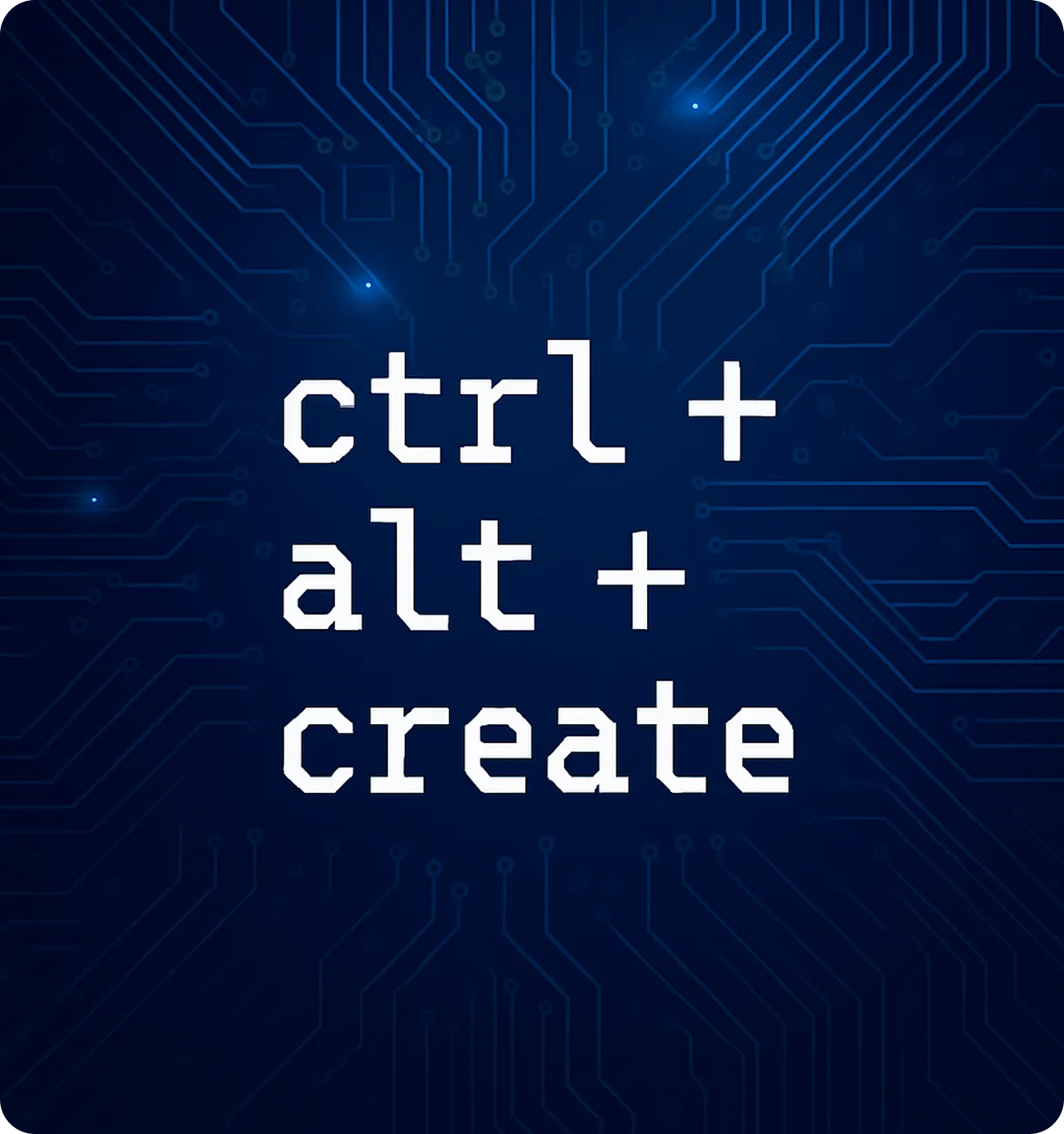Table of Contents
Why Dashboards Fail in Pharma – A Designer’s Story
The year was 2021. I’d just joined a top-10 pharma company as the lead product designer for their new “all-in-one” analytics portal. The CIO billed it as the single pane of glass for everyone —from bench scientists and regulatory affairs to commercial teams. Six months later we launched with fanfare, LED screens, and cupcakes.
Nine months after launch the portal’s usage metrics were grim:
- Daily active users: 7% of target.
- Time-to-insight: unchanged.
Our posters had been recycled, the cupcakes long forgotten.
What went wrong? Here’s the anatomy of a dashboard failure.
The Data Lake Mirage
The promise:
“Dump everything into a data lake; the dashboard will magically surface insights.”
The reality:
Data latency, conflicting taxonomies, and missing units of measure. One scientist saw “CK” and thought Creatine Kinase while a finance analyst read it as Contract Key. Garbage in, gorgeous garbage out.
Design takeaway:
A dashboard inherits the sins of its data model. Designers must audit data semantics early—before color palettes and KPI widgets.
KPIs with No Patient Behind Them
In sprint three we flaunted 28 key metrics on the prototype. Only later did we realize 18 had no clear owner. When everyone owns a metric, no one does. Worst, none were traced to clinical or patient outcomes—only to internal process SLAs.
Design takeaway:
Tie every KPI to a human story: a patient finishing chemo sooner, a trial site filing paperwork faster. If you can’t tell that story in two sentences, the KPI is noise.
One Size Fits None
Regulatory affairs craved submission timelines. Scientists wanted assay quality curves. Commercial wanted forecast accuracy. We gave them a monolith with tiny toggles. Customization was an afterthought, buried under three layers of settings nobody opened.
Design takeaway:
In pharma, roles are specialized; dashboards must be too. Think “views” not “one view.” Role-based default layouts beat universal Swiss-army pages.
Latency ≠ Real-Time
On demo day the pipeline visualization sparkled—fed by yesterday’s ETL batch. By the time a CMC lead spotted an out-of-spec batch, the lot was already destroyed. Trust evaporated.
Design takeaway:
Show freshness labels (“updated 3 min ago”) and provide graceful fallbacks (alerts when data is stale). Transparency about latency builds credibility.
The Compliance Cliff
We placed experimental compounds and approved drugs on the same dashboard. Legal noticed—after launch. Risk controls forced us to gate half the tiles behind two-factor approvals. Click… wait… authenticate… Most users gave up.
Design takeaway:
Map every widget to its GxP classification up front. Separate exploratory-analysis zones (sandbox) from regulated reporting zones (controlled). Compliance architecture shapes UX architecture.
Too Much “Wow,” Not Enough “How”
Heat maps glowed, radial gauges spun, but when statisticians asked, “Which model drives this projection?” no one could answer. Without lineage or drill-through, the visual flair became suspect.
Design takeaway:
Pair every high-level graphic with a “show method” button. Transparency—model version, last retraining date, input variables—turns skeptic users into advocates.
Forgotten Feedback Loops
Usage analytics flagged that 60 % of users hovered over an “adverse events trend” tile but never clicked. We had no mechanism for them to say why. Post-launch surveys arrived six months later—too late.
Design takeaway:
Embed “Was this helpful?” micro-feedback and a one-click bug/idea capture. Dashboards are living products, not static reports.
Epilogue – Designing for Redemption
Eighteen months after the shaky start we relaunched:
- User-specific home pages auto-generated from persona interviews.
- Data contracts enforced naming conventions and freshness SLAs.
- KPI stewardship assigned an owner and a patient-centric narrative.
- Method cards offered drill-through to R code, protocol links, and validation docs.
- Inline feedback turned every tile into a conversation starter.
Daily active usage climbed from 7 % to 68 % in three quarters. More importantly, a pharmacovigilance manager emailed:
“We caught a signal two weeks earlier because the new adverse-event tile made it impossible to ignore.”
Conclusion
Dashboards don’t fail because of bad intent—they fail when design stops at decoration. In pharma, where lives and billions ride on timely insight, a dashboard must be:
- Data-truthful (clean semantics, visible freshness)
- Role-aware (customizable by design)
- Traceable (methods, lineage, compliance tags)
- Feedback-hungry (continuous learning)
Get those right, and the cupcakes might just stay in vogue long after the ribbon-cutting.
Read More

By Shravya Singh
UX/UI Designer
Read other blogs
Your go-to resource for IT knowledge. Explore our blog for practical advice and industry updates.
-

How Generative AI Is Transforming Businesses
Strategic Approaches leading Business Transformation.
Read Blog -

-

-

Discover valuable insights and expert advice.
Uncover valuable insights and stay ahead of the curve by subscribing to our newsletter.

Download Our Latest Industry Report
To know more insights!



















